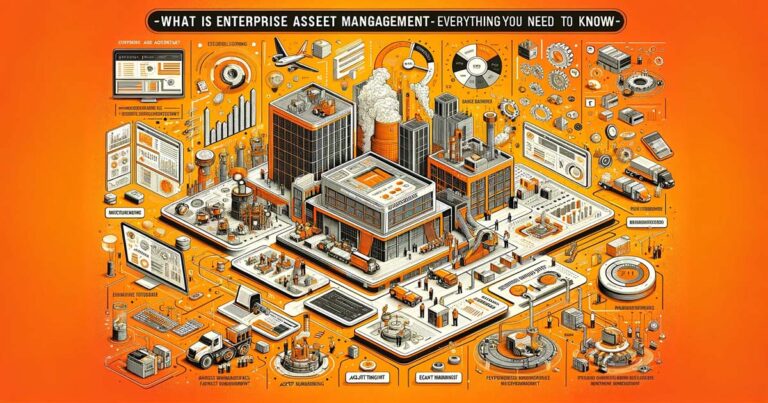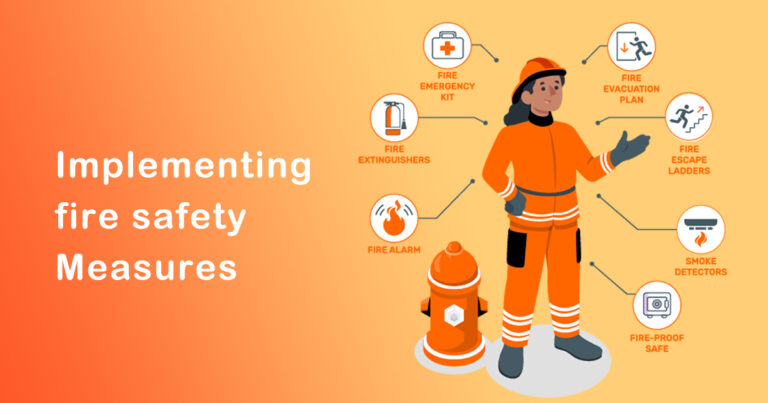Fire safety is a critical concern for any organization, regardless of its size or nature of operations. Fire can cause significant damage to property and even lead to loss of life in extreme cases. As such, it is essential to ensure that fire safety measures are in place and maintained regularly. Integrating fire safety inspections into an Enterprise Asset Management (EAM) system is one way to achieve this. In this blog, we will discuss the benefits of integrating fire safety inspections into an EAM system in an Indian context.
What is an EAM system?
An EAM system is a software solution that helps organizations manage their assets effectively. It provides a centralized platform for tracking and managing asset-related information such as location, maintenance history, and performance metrics. An EAM system is an essential tool for organizations that need to manage a large number of assets, such as equipment, facilities, and vehicles.
Benefits of integrating fire safety inspections into an EAM system
1. Improved safety
Integrating fire safety inspections into an EAM system can improve safety by ensuring that fire safety measures are in place and maintained regularly. Regular inspections and maintenance of fire safety equipment can prevent equipment failure and ensure that they are in good working condition. In the event of a fire, well-maintained equipment can help prevent or mitigate the damage.
2. Compliance with regulations
Fire safety regulations are in place to ensure that organizations comply with minimum safety standards. Failure to comply with these regulations can result in penalties, fines, or legal action. Integrating fire safety inspections into an EAM system can help organizations stay compliant with regulations by providing a centralized platform for tracking and managing compliance-related information.
3. Cost savings
Integrating fire safety inspections into an EAM system can help organizations save costs by reducing the risk of equipment failure and damage caused by fire. Regular inspections and maintenance can prevent equipment failure and extend the life of fire safety equipment. This can reduce the need for costly repairs and replacements.
4. Improved efficiency
Integrating fire safety inspections into an EAM system can improve efficiency by automating the inspection and maintenance process. Automated inspections can help organizations save time and reduce the risk of errors. By streamlining the inspection process, organizations can focus on other critical tasks.
5. Better asset management
Integrating fire safety inspections into an EAM system can help organizations manage their assets better by providing a centralized platform for tracking and managing asset-related information. This can help organizations make informed decisions about asset maintenance, repairs, and replacements.
In an Indian context, fire safety is a significant concern. According to a report by the National Crime Records Bureau, there were 18,450 fire incidents reported in India in 2019, resulting in 1,291 deaths and 2,955 injuries. The report also states that 27% of these incidents were caused by electrical short circuits, which could have been prevented by regular inspections and maintenance.
Conclusion
Integrating fire safety inspections into an EAM system can provide several benefits for organizations, including improved safety, compliance with regulations, cost savings, improved efficiency, and better asset management. In an Indian context, where fire safety is a significant concern, integrating fire safety inspections into an EAM system can help organizations prevent fire-related incidents and ensure the safety of their employees and property. Organizations should consider implementing an EAM system with fire safety inspection capabilities to improve their overall safety and asset management.








